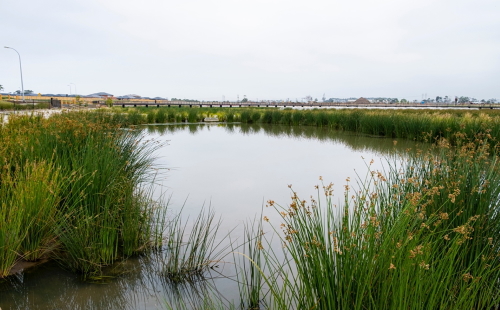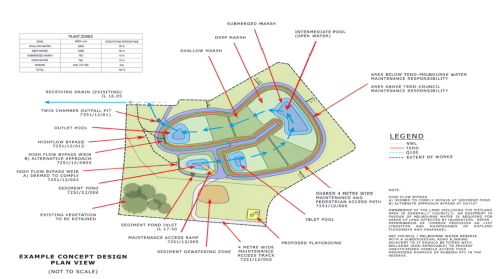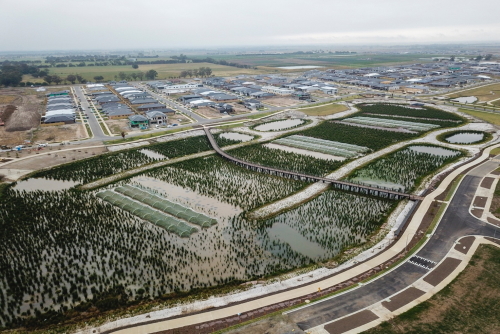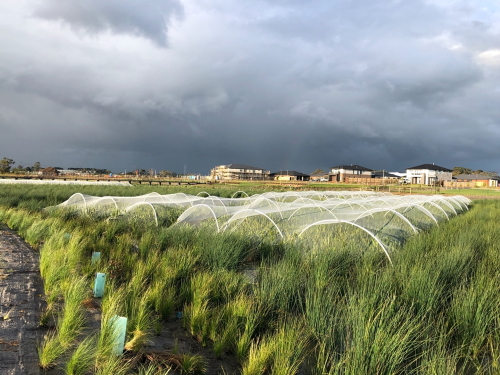Discover Delaray's Wetlands
Written by Brendan Condon, Director
Australian Ecosystems Pty Ltd
One of Delaray’s most important environmental features is a large constructed wetland, which has been designed to intercept, retain and treat large volumes of stormwater from the estate and surrounding areas, and to filter out pollutants and improve water quality. The Delaray wetland also delivers additional benefits including providing urban cooling, a habitat for local wildlife and public amenity for all to enjoy.
Delaray’s wetland helps improve and protect the health of the downstream Clyde Creek, which flows into the environmentally sensitive, biodiverse Western Port Bay, which in turn contains important seagrass and mangrove habitats, also providing habitat for a range of international migratory bird species.
In 1982, a large portion of Western Port Bay was designated as a wetland of international importance under the Convention on Wetlands of International Importance (Ramsar Convention).

Delaray’s wetland plantings – established and thriving
The wetland was designed, constructed and planted in accordance with Melbourne Water guidelines that guide the design, construction and planting of all wetland projects on all new estates in the Greater Melbourne region.
According to best practice design, at least 80% of the area of the wetland must support shallow and deep marsh vegetation. This results in a large surface area of plants in wetlands. When viewing from the edge of a wetland, it is typical these days to see more vegetation than open water, as the function of plants and stormwater treatment has evolved over the past few years with a bias towards more vegetation and better water quality outcomes.
Stormwater is intercepted by the wetlands, and the water slowly moves through large bands of water plants which slow the water movement and filter out surplus nutrients and sediments.
Diagram of a typical Melbourne Water wetland design


Plantings at Delaray’s wetlands, interspersed with areas of open water
Over 60,000 aquatic and ephemeral plants were grown in a specialist aquatic plant nursery for the project and planted at Delaray in Summer 2019. The plant list included large numbers of Water Ribbons (Cycnogeton procerum) which is a very important wetland filtration and frog habitat species. This species is also very palatable to several waterfowl species that live in the wetland, including Purple Swamp Hens and Black Swans, which is why it has been protected with temporary netting enclosures which will be removed later this year.

Temporary netting enclosures to protect plants from grazing by Black Swans and Purple Swamp Hens
To date, aquatic plants at Delaray’s wetlands have achieved over 80% coverage across the water treatment zones, with under 5% weed cover and over 95% survival rates of all plantings.
The site is now an example of a best practice constructed wetland, and is a thriving ecosystem for frog and bird species and is functioning very well to improve water quality and protect our precious downstream waterways.